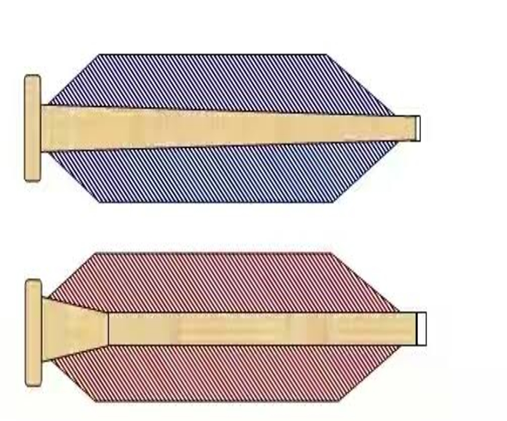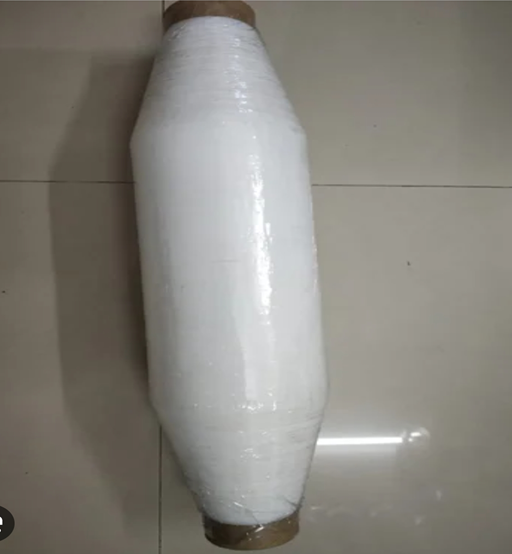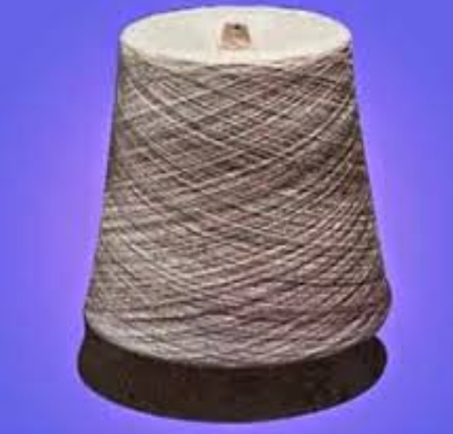VARIOUS TYPES OF PACKAGES TO STORE THE YARN
Types of Yarn Packages: Understanding Their Forms, Functions, and Applications
Abstract
Yarn packaging plays a pivotal role in the textile industry, influencing not just the handling and storage but also the efficiency and quality of further textile operations like weaving, knitting, and dyeing. Depending on the end use, yarns are wound into different types of packages, each with unique structural characteristics and mechanical behaviors. Broadly, yarn packages are categorized into parallel wound, near-parallel wound, and cross wound types. This blog delves into each category in detail, elaborating on subtypes such as warp beam, weaver’s beam, pirn, cop, cone, and cheese packages. We will also weigh the advantages and disadvantages of each, helping professionals and learners alike understand how the packaging choice affects textile processes.
Introduction
In the textile production pipeline, the transformation of raw fibres into usable fabric involves multiple stages—spinning, winding, weaving, dyeing, and finishing. Among these, the winding and packaging of yarn act as a bridge between spinning and subsequent fabric formation processes. The method of winding yarn not only determines how easily it can be unwound but also impacts tension control, yarn quality, and process efficiency. Thus, selecting the right type of yarn package is critical depending on the machinery and the application. This post explores the common types of yarn packages in detail.
1. Parallel Wound Packages
In parallel wound packages, yarn is wound at a right angle (90°) to the axis of the package. The layers lie parallel to each other, which gives a compact and high-density arrangement. Because the yarn layers are prone to slippage, flanges (discs) are provided at the ends to hold them in place.
a) Warp Beam
-
A warp beam is a large cylindrical package flanged at both ends.
-
It carries a continuous length of yarn, called warp, wound under constant and controlled tension.
-
Commonly used in warping machines and plays a key role in the weaving preparation process.
-
Each yarn maintains even tension, ensuring uniformity in the woven fabric.
b) Weaver’s Beam
-
Very similar to the warp beam, but larger in size, designed specifically for loom mounting.
-
Used in the weaving shed to supply warp yarns directly to the loom.
-
Also flanged at both ends to avoid slippage, and ensures consistent tension during weaving.
Advantages of Parallel Wound Packages:
-
Sideways withdrawal of yarn is possible, useful for many industrial processes.
-
Can accommodate multiple yarns being wound simultaneously.
-
No need for a traversing mechanism since yarn lies straight.
-
Offers high yarn density, reducing storage space.
Disadvantages:
-
Flanges are mandatory to prevent slippage.
-
Over-withdrawal (pulling from the top) is not possible.
2. Near-Parallel Wound Packages
Near-parallel wound packages have yarn layers wound almost parallel to the axis, but at a slight angle. Unlike parallel types, flanges are not required due to the minor angle and package shape.
a) Pirn Package
-
Formed through a pirn winding process.
-
Yarn is wound onto a small spindle-like shape through reciprocating traverse motion.
-
Pirns are used in shuttles of looms, derived from larger packages and refilled regularly.
b) COP Package (Creel-less Open Package)
-
Known for its slightly conical shape, which facilitates easy unwinding.
-
Yarn is wound onto a cylindrical core at a slight angle.
-
Widely used in the spinning industry, particularly where automatic yarn feeding is required.
Advantages of Near-Parallel Packages:
-
No flange is necessary, reducing material and mechanical complexity.
-
Yarn can be withdrawn from both side and top ends.
-
Winding does not alter yarn twist or turns per inch, preserving quality.
Disadvantages:
-
Traversing mechanism is needed for uniform winding.
-
These packages are less stable and more prone to deformation.
3. Cross Wound Packages
In this type, yarn is wound at a helix angle, forming a crisscross pattern. This provides greater stability and strength, making it the most commonly used type in the modern textile world.
a) Cone Package
-
Yarn is wound on a conical core, forming a cone-shaped package.
-
Widely used in various post-spinning processes including knitting, dyeing, and texturing.
-
Top part is the 'nose' while the bottom is the 'base'.
-
Offers gradual change in diameter, allowing smoother unwinding.
b) Cheese Package
-
Wound on a cylindrical core, maintaining constant diameter throughout.
-
Preferred in processes where uniform tension and feed rate are important.
-
Common in rewinding and dyeing operations.
Advantages of Cross Wound Packages:
-
Highly stable; no flange needed.
-
Allows over withdrawal for easy unwinding from the top.
-
Ideal for high-speed operations and automatic feeding systems.
Disadvantages:
-
Requires traversing mechanism for proper winding.
-
Yarn quality may deteriorate slightly due to increased surface exposure.
-
Over-withdrawal may introduce twist, which could affect certain textile processes.
Conclusion
Understanding the different types of yarn packages is essential for selecting the right package form for a given textile operation. Whether it's the high-density parallel wound type suitable for weaving, the compact and portable near-parallel pirns and cops, or the versatile and stable cross wound cones and cheeses, each has distinct characteristics that suit specific manufacturing needs.
By optimizing yarn packaging, manufacturers can enhance operational efficiency, reduce material wastage, and maintain consistent product quality. As textile machinery continues to evolve, so will the sophistication of yarn packaging systems—making knowledge of these fundamentals more important than ever.








